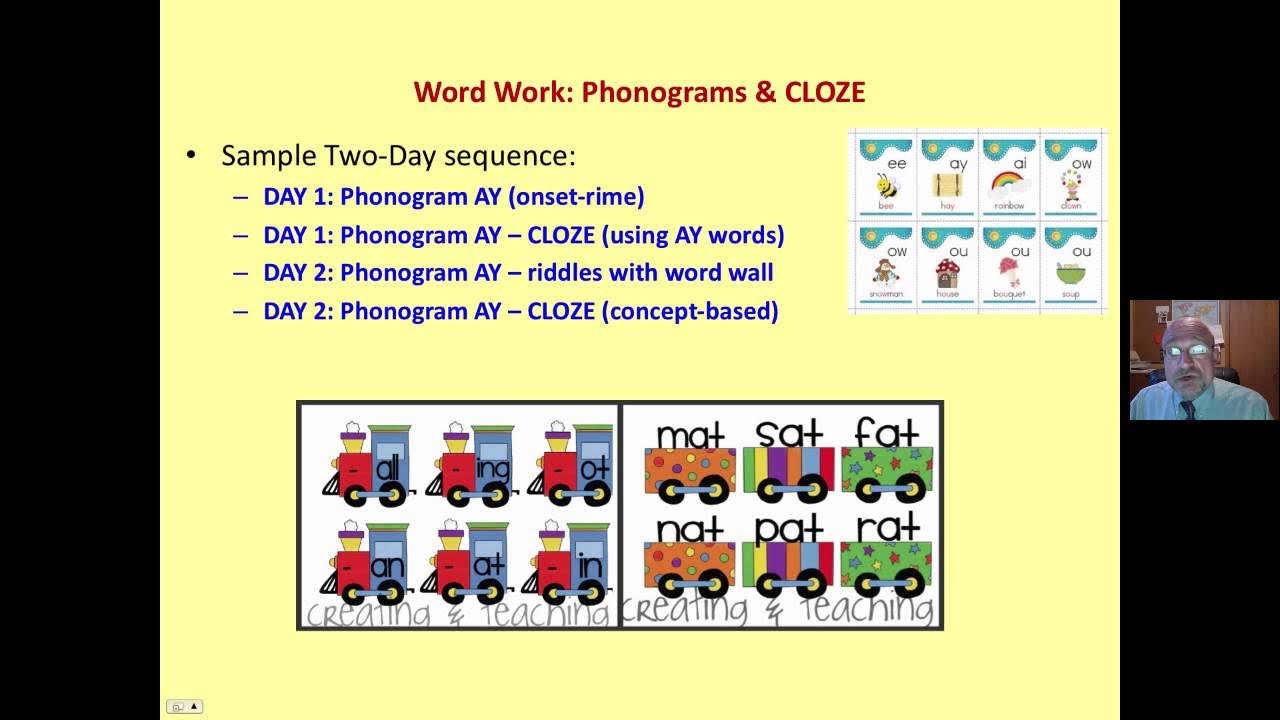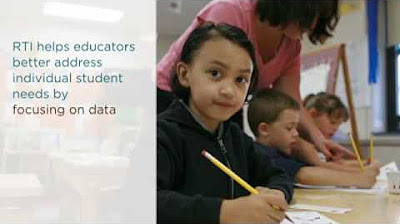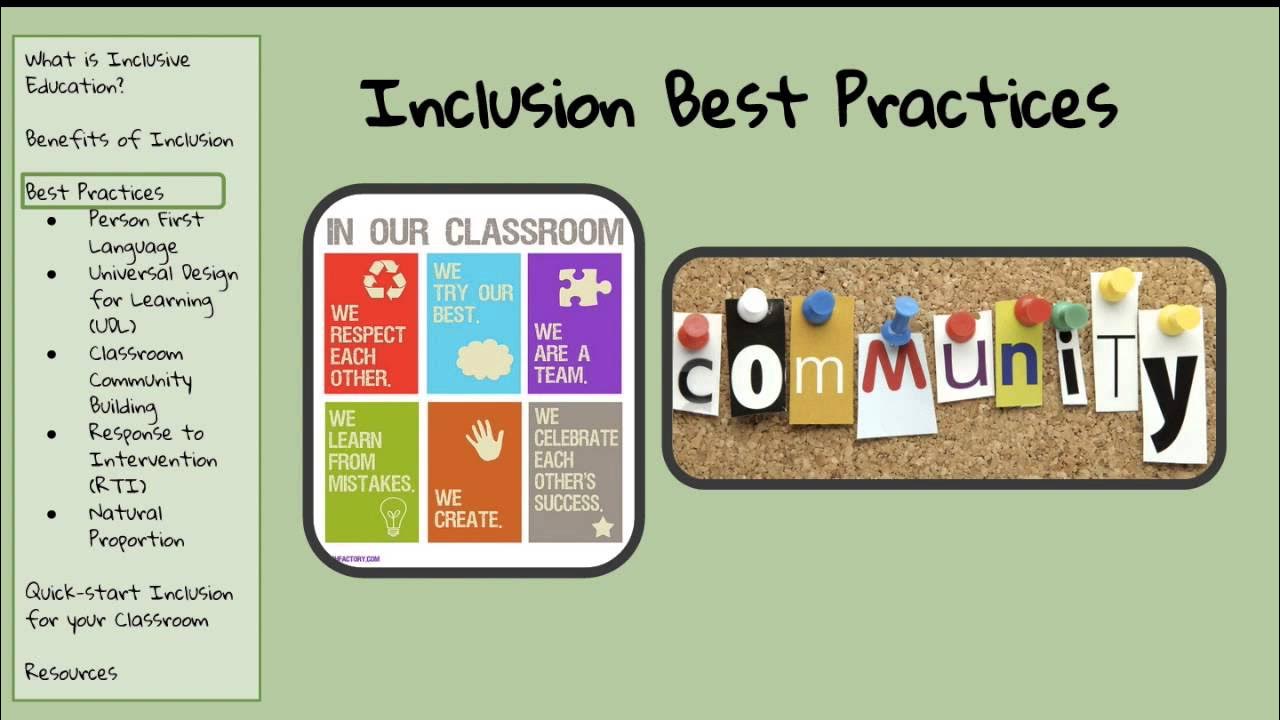Response to Intervention RTI : Education Conference & Live Chat
Summary
TLDRThis video script explores the Response to Intervention (RTI) framework, emphasizing its multi-tiered approach to support students struggling academically. It outlines the importance of data-driven decision-making and highlights the role of trained professionals in evaluating students for special education. Key components for successful RTI implementation include effective instruction, continuous assessment, and strong family involvement. The script stresses the need for tailored professional development for teachers and calls for a review of curricula to ensure inclusivity. Overall, it advocates for a collaborative effort to empower both students and educators in the learning process.
Takeaways
- 😀 RTI (Response to Intervention) is a multi-tiered framework aimed at providing support to struggling students before they are referred to special education.
- 📊 Data collection is crucial at all tiers (1, 2, and 3) to inform decision-making and intervention strategies for student support.
- 🚦 If Tier 3 interventions do not yield positive results, students may be referred for special education evaluations under IDEA.
- 👨👩👧👦 Family involvement is essential in the RTI process, as parents and guardians play a significant role in a student's academic success.
- 📚 Effective Tier 1 instruction is foundational; schools must prioritize quality teaching over merely focusing on assessments and grades.
- 🔄 Continuous professional development for teachers should be tailored to their individual needs, addressing specific areas for improvement.
- 📝 Ongoing assessments and universal screening help identify students' weaknesses early, allowing for timely interventions.
- ✅ Schools should evaluate their curriculum for potential biases to ensure it is engaging and accessible to all learners.
- 🔍 Special education classification requires formal evaluations by trained personnel, not just RTI data.
- 💡 Collaboration among data teams is necessary to develop actionable strategies based on the collected data and student needs.
Q & A
What is the purpose of Response to Intervention (RTI)?
-RTI is designed to identify students who require additional support and to provide tiered interventions to improve their academic performance.
How many tiers are involved in the RTI framework, and what do they represent?
-The RTI framework typically involves three tiers: Tier 1 includes universal interventions for all students, Tier 2 provides targeted interventions for students needing extra help, and Tier 3 consists of intensive interventions for students who do not respond to the previous tiers.
What happens if a student does not respond to Tier 3 interventions?
-If a student does not show improvement after Tier 3 interventions, they may be referred for special education evaluations under the Individuals with Disabilities Education Act (IDEA).
Can RTI data alone classify a student for special education services?
-No, RTI data cannot independently classify a student for special education services. Formal assessments conducted by trained personnel are necessary for classification.
What role does data play in the RTI process?
-Data is essential for making informed decisions, tracking student progress, and determining the effectiveness of interventions at each tier.
Why is family involvement important in the RTI process?
-Family involvement is crucial as it supports the academic success of students, ensuring that parents and guardians participate in interventions and decision-making.
What is the focus of Tier 1 instruction?
-Tier 1 instruction focuses on providing high-quality teaching to all students, emphasizing the importance of effective instructional practices over just assessment and grades.
How should professional development for teachers be approached in the RTI framework?
-Professional development should be individualized to address specific needs of teachers, allowing them to improve in areas such as classroom management or content delivery.
What is the significance of continuous assessment in RTI?
-Continuous assessment helps to monitor student progress, identify weaknesses, and inform instruction, ensuring that interventions are effective and responsive.
What should schools consider when evaluating their curriculum in the context of RTI?
-Schools should assess their curriculum for potential biases and ensure it is engaging and effective for all learners, promoting an equitable educational environment.
Outlines

Esta sección está disponible solo para usuarios con suscripción. Por favor, mejora tu plan para acceder a esta parte.
Mejorar ahoraMindmap

Esta sección está disponible solo para usuarios con suscripción. Por favor, mejora tu plan para acceder a esta parte.
Mejorar ahoraKeywords

Esta sección está disponible solo para usuarios con suscripción. Por favor, mejora tu plan para acceder a esta parte.
Mejorar ahoraHighlights

Esta sección está disponible solo para usuarios con suscripción. Por favor, mejora tu plan para acceder a esta parte.
Mejorar ahoraTranscripts

Esta sección está disponible solo para usuarios con suscripción. Por favor, mejora tu plan para acceder a esta parte.
Mejorar ahoraVer Más Videos Relacionados

Multi-Tiered Systems of Support (MTSS)

WWC Recommendation: Screen for reading problems at the beginning and middle of the year

Reading Intervention

Implementing Response to Intervention-Boulevard Elementary School, Gloversville, NY

Response to Intervention: A Tiered Approach to Instructing All Students

Inclusive Practices in Your Classroom
5.0 / 5 (0 votes)
